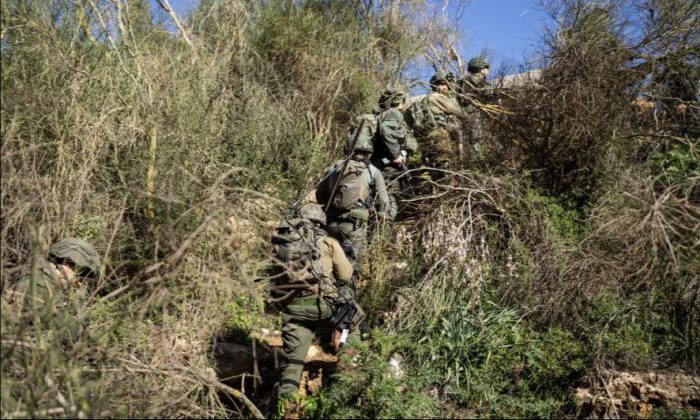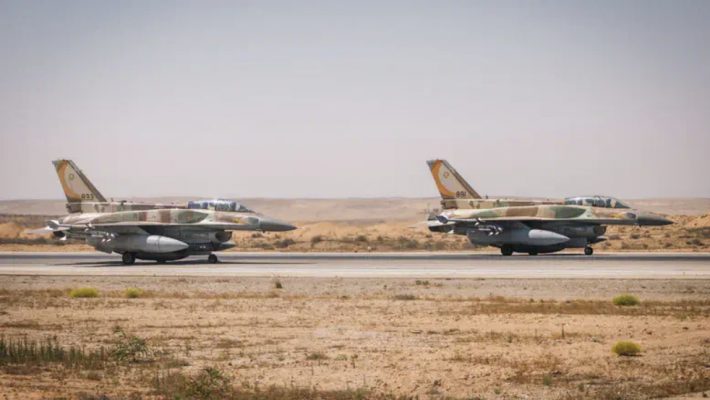An official IDF investigation into the October 7th attack on the Southern Research and Development Base reveals both extraordinary acts of bravery and serious operational breakdowns. The base briefly fell to Hamas terrorists before soldiers regained control through fierce combat and sacrifice.
The IDF has completed its operational investigation into the October 7th battle at the Southern Research and Development Base, presenting its findings to bereaved families and soldiers who fought that day. The report paints a complex picture—one of remarkable heroism under fire, but also of critical security lapses that left the base vulnerable to a surprise and overwhelming assault.
According to the investigation, at least 35 Hamas terrorists infiltrated and temporarily seized operational control of the base near Gaza City. The defending company was pinned down and overwhelmed during the early hours of the attack, which was part of the broader Hamas-led massacre across southern Israel. The battle claimed the lives of four Israeli fighters, while IDF forces killed 10 terrorists inside the base.
Despite being outnumbered and taken by surprise, the IDF soldiers and their commanders displayed exceptional bravery, engaging in close combat for hours while repelling waves of attackers. Many continued fighting after sustaining injuries. The investigation particularly commends a platoon commander who led from the front until fatally wounded, and a soldier who blocked a bunker door with his body, sacrificing his life to save his comrades.
Key Findings
- The attack began around 06:29 AM with a massive rocket barrage followed by coordinated terrorist infiltration at 10 points along the border. Dozens of terrorists stormed the base by 06:47, triggering a three-hour battle for control.
- The terrorists launched assaults with small arms, grenades, and shoulder-fired missiles. At one point, they targeted soldiers sheltering in the dining hall—only to be repelled by defenders holding doorways under heavy fire.
- By 09:00, reinforcements began arriving, including a five-man patrol that rescued trapped soldiers and organized initial evacuations.
- A junior officer from the Tactical Command College, arriving independently, took command amid chaos and coordinated the defense, medical response, and evacuation under enemy fire.
- Combat helicopters and Unit 669 pararescue teams played a critical role in evacuating the wounded despite ongoing ambushes and poor visibility. By 21:00, base defenses were re-established with the arrival of Golani Reconnaissance forces.
Conclusions
- The base’s defending force was outmatched and suffered early breakdowns in command and communications. Terrorists temporarily gained control and prevented forces from defending nearby towns.
- Acts of heroism, particularly in protecting key locations like the dining hall and bunkers, prevented a full-scale massacre and minimized casualties.
- A junior officer’s initiative to assume control and organize evacuation efforts under fire was pivotal to saving lives and restoring order.
- Air Force and ground coordination were instrumental in overcoming chaotic battlefield conditions and extracting the wounded safely.
- Failure to act on early warning signs and abandoned guard posts left the base vulnerable. Protocols were not enforced, and early decisions were hampered by confusion and the intensity of the initial assault.
- Damage to command infrastructure in the opening minutes crippled defensive efforts. Nevertheless, officers led from the front, exemplifying courage under extreme pressure.
The report offers a sobering account of the IDF’s unpreparedness on one of Israel’s darkest days, while also underscoring the resolve, resilience, and sacrifice of those who stood their ground under impossible circumstances.





